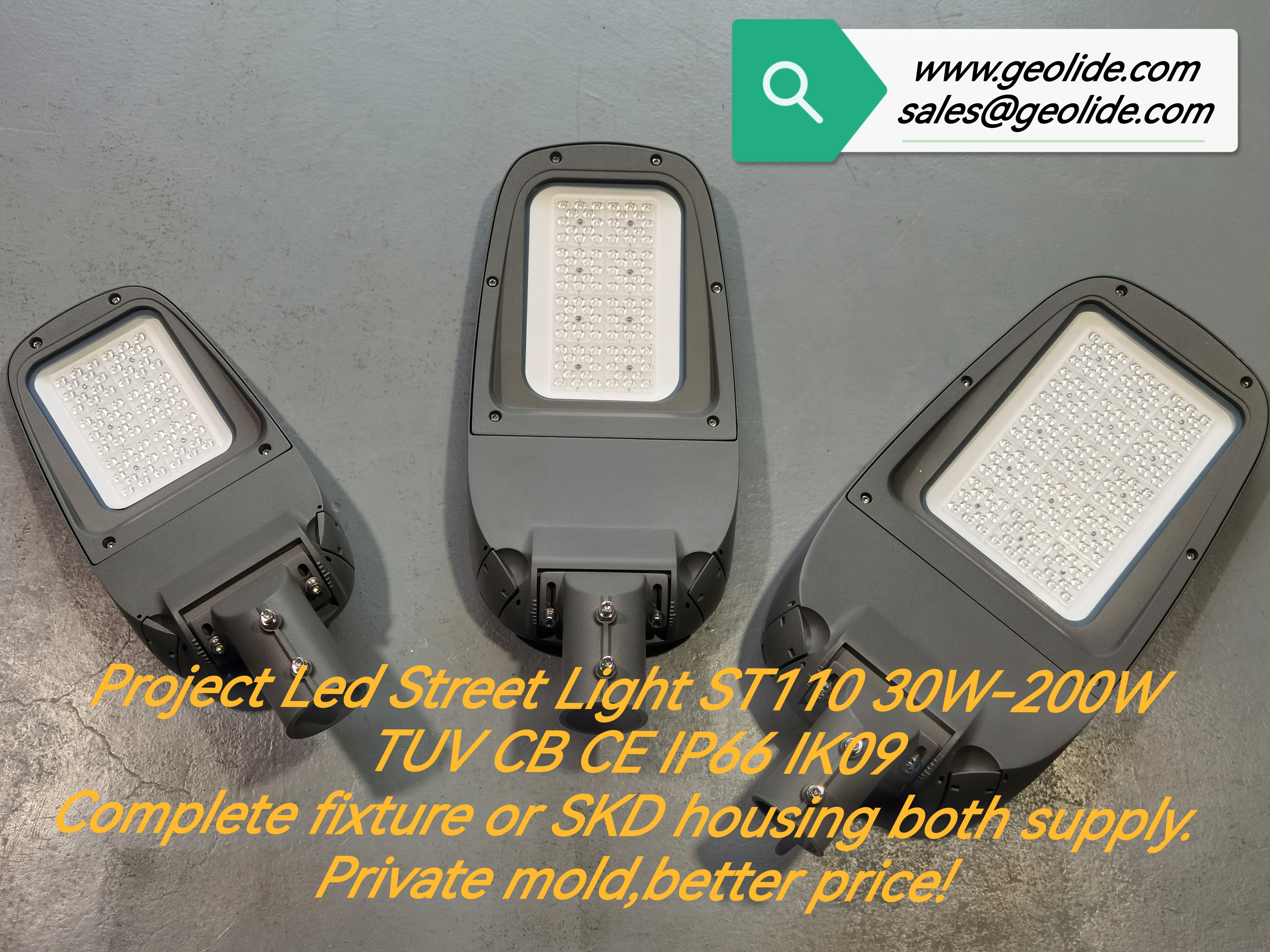Summary:How to Choose the Right LED Street Light
Selecting the appropriate LED street light is crucial for energy efficiency, cost savings, and illumination.
How to Choose the Right LED Street Light
Selecting the appropriate LED street light is crucial for energy efficiency, cost savings, and illumination. Here are key factors to consider when making your choice:
1. Luminosity and Brightness (Lumen Output)
- Determine the required brightness based on the road type (residential, arterial, or highway).
- Higher lumens (e.g., 10,000–20,000 lm) are needed for major roads, while lower lumens (5,000–10,000 lm) suffice for local streets.
2. Color Temperature (CCT - Correlated Color Temperature)
- Choose between warm white (3000K–4000K) and cool white (5000K–6500K).
- Cooler temperatures provide better visibility but may appear harsh, while warmer tones reduce glare.
3. Energy Efficiency (Lumens per Watt)
- Look for high-efficiency LEDs (120–200 lm/W) to minimize electricity consumption.
- Check for certifications like ENERGY STAR or DLC (DesignLights Consortium).
4. Beam Angle and Light Distribution
- Narrow beam angles (60°–90°) are ideal for highways.
- Wider angles (120°–150°) work well for sidewalks and residential areas.
- Ensure uniform light distribution to avoid dark spots.
5. Durability and IP Rating
- Opt for IP65 or higher for dust and water resistance.
- Choose corrosion-resistant materials (e.g., aluminum housing) for long-term outdoor use.
6. Smart Features (Optional)
- Consider motion sensors, dimming controls, or IoT connectivity for adaptive lighting and energy savings.
7. Warranty and Lifespan
- High-quality LEDs last 50,000–100,000 hours.
- Look for a 5–10 year warranty for reliability.
By evaluating these factors, you can select an LED street light that balances performance, efficiency, and durability for your specific needs.
Would you like recommendations for specific brands or models?

